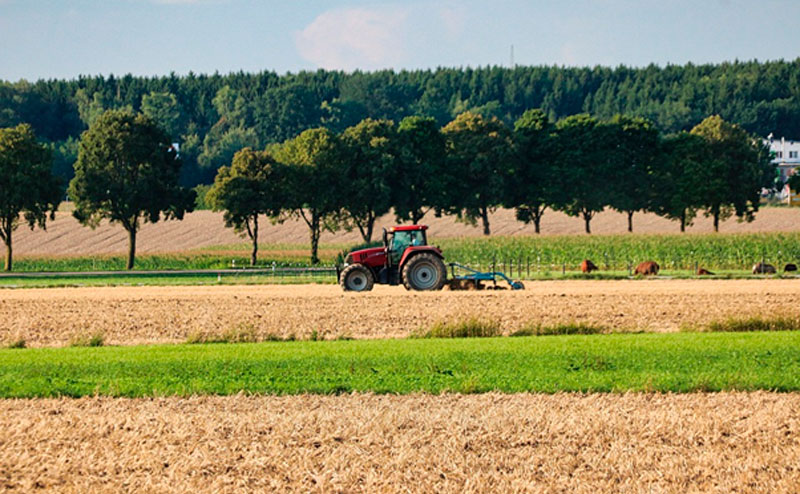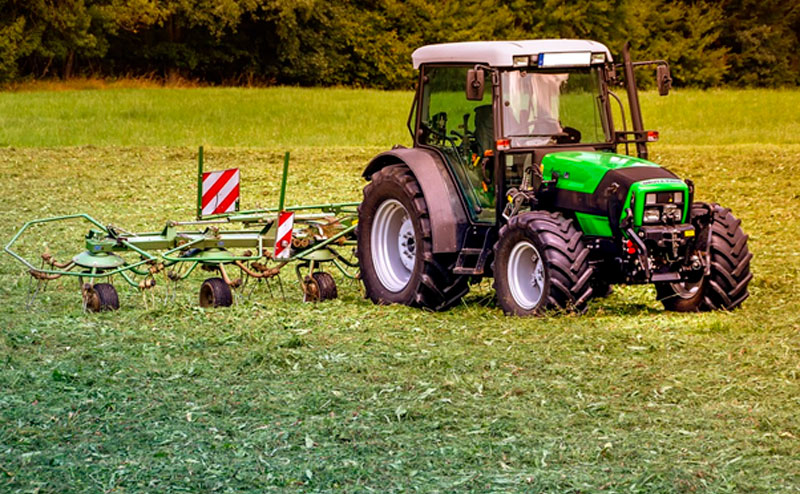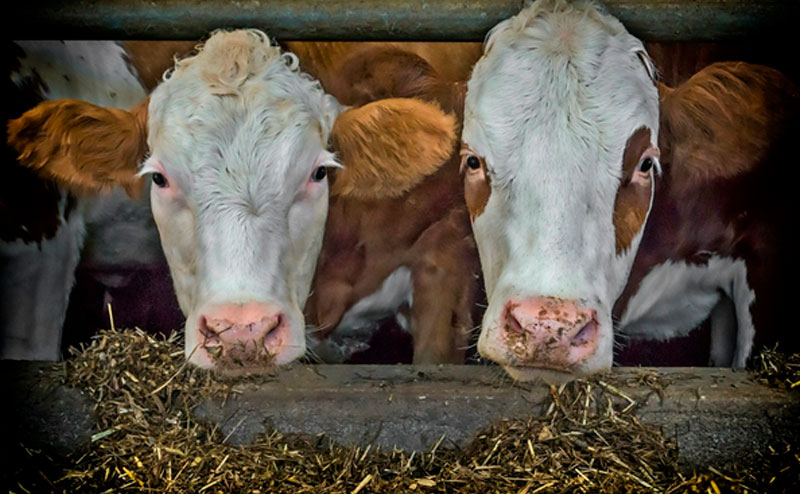Introduction.
Alfalfa, legume family, widely used as a fodder plant for livestock. It has a high protein content and a positive effect on livestock.

Preparation of the site for sowing.

Alfalfa can be sown immediately after full snowfall. Before sowing, some mandatory work must be done to improve growth and increase the service life of sowing.
First of all, you need to make the soil free of weeds. With a large number of weeds there may be problems with alfalfa germination. But it should be noted that in compliance with the seeding rate of alfalfa, it can successfully stifle weeds.
It is also necessary to diagnose the pH of the soil. Low levels (acidic soil) can adversely affect the growth and development of alfalfa. PH values in the region of 5-7 are considered the norm.
Therefore, it is necessary to bring the acidity of the soil to a normal state for alfalfa. You can also immediately make the application of complex fertilizers.
Before sowing, be sure to roll the soil. This is also done after sowing. Depth of seed placement is not more than 2 cm.
Care and mowing.

After planting, alfalfa germinates in about a month. One of the advantages of this plant – mowing can be done several times a season. The maximum number of nutritional properties of alfalfa is observed before flowering.
But if you mow alfalfa all season without letting it bloom, the service life of the crop is reduced. It is recommended, at least once a year, to allow the plant to bloom.
The best plan of action:
- Make the first cut during the budding phase of alfalfa
- The second cut during the flowering phase
- And the last, the third – during the flowering phase
The first two cuts provide high protein content, and the third allows you to accumulate sugar for good overwintering. And this scheme does not reduce the service life of the crop.
And after each mowing it is recommended to take the following measures:
- Remove plant debris to prevent weeds
- Apply nitrogen fertilizers.
It is also worth clarifying – alfalfa loves water. If there is little rainfall in the region, it needs watering. Also, before leaving for the winter, it is desirable to fertilize with phosphorus fertilizers.
With proper care and maintenance, the service life of the crop is from 5 to 7 years.
Haymaking preparation.

Storage must be prepared before cleaning. Clean it and prepare access roads.
Drying of the mass is done to a humidity of 55-60Dries in a scattered state.
Then the mass is crushed to the recommended length of 2-3 cm at humidity from 51 to 60 3-5 cm at humidity up to 65.
Alfalfa contains little sugar, so for the normal fermentation process it is necessary to use biological preservatives with molasses. This action will not allow the formation of butyric acid, which is contraindicated, for example, cows.
Then the mass is baled, transferred to storage and then sealed.
Animal fattening.

Feeding animals with alfalfa silage should be diluted with corn silage or other grass silage. Alfalfa contains a large amount of minerals, more than others.
Mineral content in alfalfa silage:
- Calcium: 18-20 g / kg
- Phosphorus: 2.5-3.5 g / kg
- Magnesium: ~ 2.8 g / kg
- Sodium: ~ 1.1 g / kg
- Potassium: 22-30 g / kg
But alfalfa silage is not recommended in large quantities. In particular, the norm for cows is up to 10 kilograms.
It is also important that the silage is properly prepared. If it contains butyric acid, it can contaminate the milk.
Also, the main advantages of alfalfa include the fact that feeding silage from this plant has a positive effect on the fertility of livestock and the health of their hooves.


 8:00-18:00
8:00-18:00



